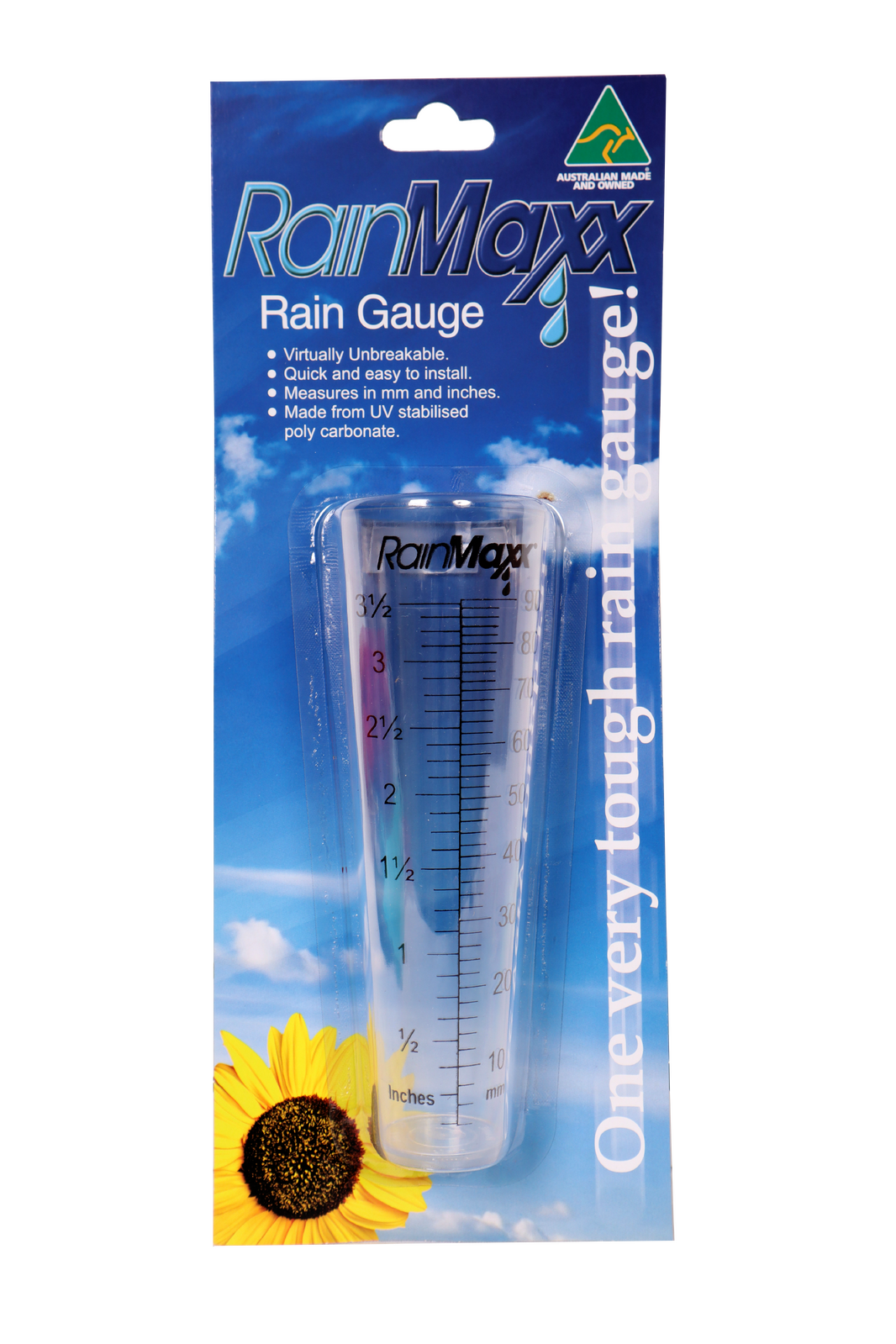The Ultimate Overview to Selecting the Right Rain Scale for Your Yard: Enhance Plant Wellness With Proper Watering Administration
One crucial device in attaining this balance is a rain scale, a simple yet essential device that allows you to keep an eye on and change your watering methods according to the certain requirements of your garden. As we navigate through the subtleties of picking the most ideal rainfall gauge for your gardening endeavors, understanding the numerous kinds readily available and the key factors to consider will certainly lead the means for optimal plant treatment.
Importance of Rainfall Scales
Using rain evaluates is critical for garden enthusiasts and farmers alike to precisely check and determine precipitation levels vital for optimal plant development and watering management. Rainfall assesses provide vital data that helps in making educated decisions regarding sprinkling routines and the general health and wellness of plants. By knowing the precise amount of rains received in a details location, gardeners can readjust their irrigation practices as necessary, guaranteeing that plants obtain appropriate water without the danger of overwatering, which can lead to root rot and other problems.
Moreover, rainfall evaluates aid in establishing the efficiency of irrigation systems, enabling the efficient use water resources. By tracking rainfall patterns gradually, garden enthusiasts can identify patterns and strategy irrigation routines extra successfully. This data-driven strategy not only advertises water preservation but likewise boosts plant health by supplying the correct amount of wetness for optimum growth. In essence, rainfall evaluates work as indispensable devices for keeping a healthy yard or ranch by facilitating precision in irrigation methods.

Types of Rain Gauges
Digital rain evaluates have sensing units that spot rainfall and transmit data to a screen or mobile tool, offering real-time tracking of rains degrees. There are also cordless rainfall determines that can transmit data over long distances, making them appropriate for keeping an eye on rainfall in remote areas. Generally, picking the appropriate type of rain gauge depends on aspects such as the level of precision needed, convenience of use, and the specific requirements of your yard or landscape to properly manage irrigation and boost plant health and wellness.
Elements to Think About
When picking a rainfall scale for your yard, it is vital to take into consideration numerous variables that will certainly affect its performance in properly gauging rainfall levels. The first element to consider is the material of the rain scale. Decide for top notch products like long lasting plastics or steels that can stand up to outside aspects and guarantee long life. Secondly, consider the style of the rainfall gauge. Seek a style that is simple to read and vacant, with clear dimension markings. Furthermore, consider the dimension of the rain gauge. A bigger capability rain scale is better if you stay in a location with heavy rains, as it will certainly be able to record even more water without overflowing. One more vital element is the security of the rain gauge. Select a model that features a secure base or installing options to avoid tipping over in gusty conditions. Take into consideration any type of added functions that might enhance the performance of the rain scale, such as a debris filter or a bird spike to stop clogs. By meticulously examining these variables, you can choose a rainfall gauge that will properly monitor rains in your yard.
Installation and Maintenance Tips
Appropriate setup and normal upkeep are key consider making sure the optimum efficiency of your preferred rainfall scale for checking rainfall in your yard. When mounting your rainfall scale, area it in an open location far from obstacles such as buildings or trees that might obstruct rainfall. Ensure the gauge is level to obtain accurate readings. Additionally, ensure that the gauge is secure and secure to stop any kind of tipping over, specifically throughout gusty conditions.
Normal maintenance is necessary to keep your rain gauge functioning appropriately. Clean the gauge routinely to prevent particles accumulation that can conflict with measurements. Look for any type of cracks or damages that may influence its precision and durability. Empty the scale after each rainfall to prepare for the following measurement properly. Think about calibrating your rainfall gauge occasionally to ensure its accuracy. rain gauge.
Utilizing Rain Scale Information
Utilizing the data accumulated from your rain gauge is essential for informed decision-making in yard administration. By assessing the information given by your rain gauge, you can customize your irrigation practices to fulfill the particular requirements of your plants.
Another benefit of making use of rainfall gauge data is the capacity to track lasting trends More Bonuses in rains. find out this here In final thought, integrating rainfall gauge information right into your garden administration practices can lead to a lot more efficient watering, healthier plants, and a growing garden environment.
Conclusion

Using rainfall evaluates is vital for gardeners and farmers alike to precisely keep track of and measure rainfall levels vital for optimum plant growth and watering administration. Digital rain gauges have sensing units that find rain and send data have a peek at this website to a display screen or mobile tool, providing real-time tracking of rains degrees. Overall, picking the ideal type of rain scale depends on elements such as the degree of precision needed, convenience of usage, and the certain needs of your garden or landscape to effectively take care of watering and improve plant health.

In verdict, selecting the suitable rainfall scale for your yard is vital for effective irrigation administration and preserving plant wellness.